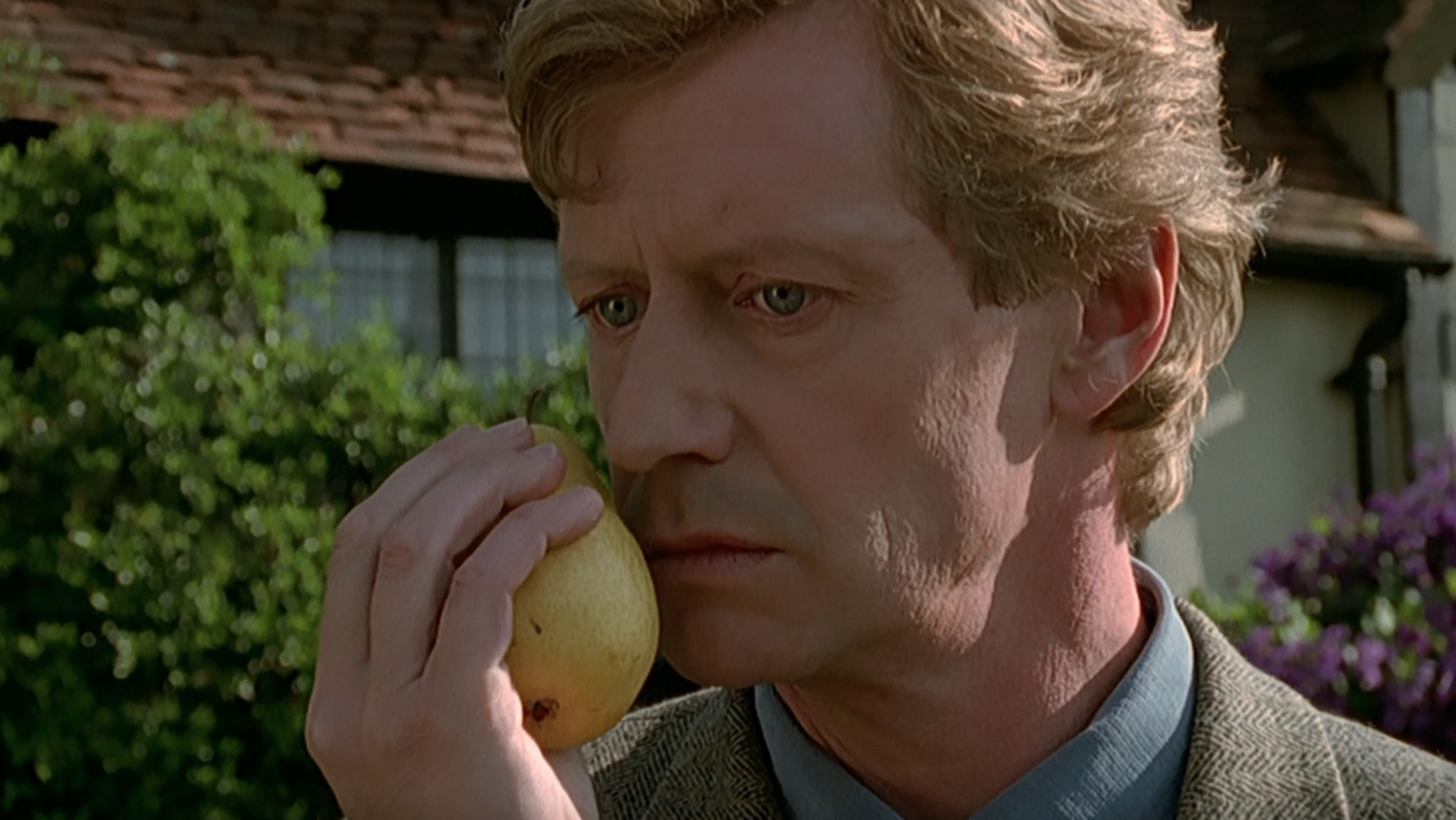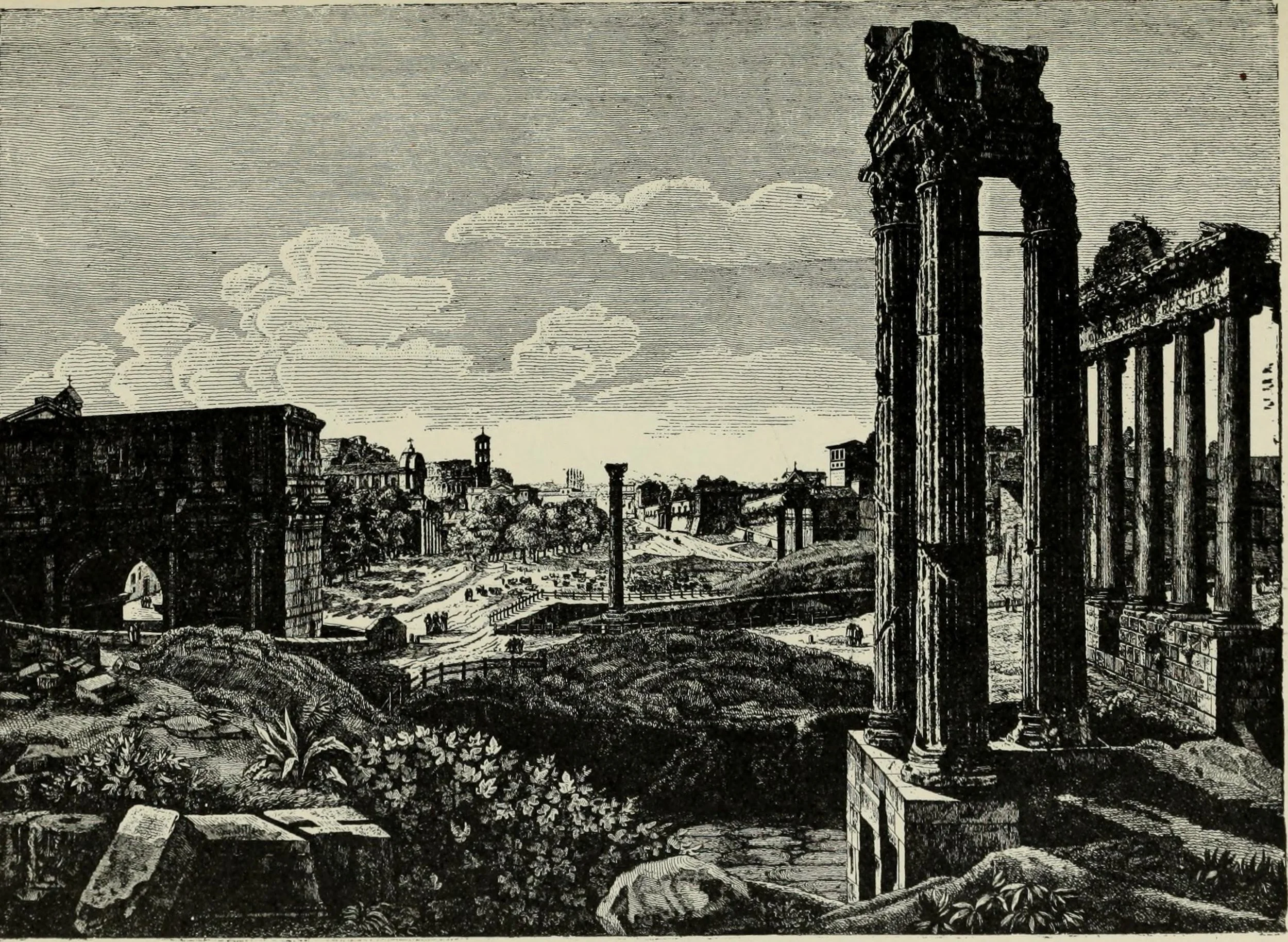It’s General Assembly season and I came down this week with “GA flu” — my coworker’s term for what he describes as “a soup of a disease that this year includes covid, the actual flu, misc bugs and colds — common or otherwise.”
Consequently, I spent some time this week sleeping on the couch, dosing myself with Sudafed and watching that most soothing and cozy of all shows: Midsomer Murders. What could be more comforting than watching John Nettles take so long to figure out who beheaded a man with an Indian sword that two other people die before he arrives at the solution, one of them literally steps away from him and actively flirting with his daughter at the moment of his untimely demise?
(I joke: there’s no one like John Nettles.)
I am of course talking about “Death’s Shadow,” the season 2 opener in the Sergeant Troy era and a totally classic Midsomer Murders. My brain power is limited (see “GA flu”), so I’m going to borrow a NYMag system of assigning points for different features of the episode to talk about what’s so great about it.
First of all, the basics (and from here on out, spoilers abound). Any self-respecting Midsomer Murders episode has at least four of these five elements:
Illicit sex
A village fete
Three-plus killings, at least one extremely gruesome
A tragic childhood secret
Barnaby’s case ruining Joyce’s plans
Let’s say each one is worth 10 points.
“Death’s Shadow,” then, gets 50 points off the bat, although I’m going to make some additions and deductions:
Illicit sex: We’ve actually got TWO occasions of this, with the key one being the vicar and the never-seen wife of his child that is the hidden driver of the murders. The other one is estate agent Ian Eastman and a random 19-year-old. (Plus 10) HOWEVER, I get the directors needed to give Ian some reason to be sneaking around at night, but this revelation seemed totally out of the blue and underdeveloped. Did that kid ever say anything besides “OK”?? (Minus 5)
A village fete: Top marks; someone even dies at the fete. (Plus 10)
Three-plus killings, at least one extremely gruesome: Real jackpot here. We’ve got:
(1) An Indian sword beheading that’s so gross it makes Georgey Bullard think about retiring
(2) A man being burned to death in his caravan as he screams, “Why, God in Heaven??” (And lest we try to tell ourselves he passed out from smoke inhalation, Troy isn’t about to let you sleep at night: “I mean, he would have burned alive in there. It wouldn’t have been quick.” Barnaby: “Yes, thank you, Troy.”)
(3) Simon Fletcher getting shot in the back with an arrow while he walks through the village fete to collect his cup of tea from Cully (Plus 10)
I’m also going to add two more: (4) the retrospective accidental death of 10-year-old Felix in the “trial by gallows” and
(5) The Rev. Wentworth’s suicide by leaping off the scaffolding of the Norman St. Michael’s (Plus 2)
A tragic childhood secret: Christ, this one is bleak. Basically, Ian Eastman, Richard Bayley, Simon Fletcher and David Whitely accidentally hanged Felix when they were 11 in an initiation-gone-awry. As we learn in the revelation section of the episode, Felix was actually Wentworth’s son, and when Richard, who thinks he’s got terminal brain cancer, goes to confess his sins to the reverend before his death, Wentworth goes on a killing spree of the men who he sees as murderers of the only good things in his life. There’s a real pathos in Barnaby telling Wentworth at the end: “Those men were children when your son was killed. It was an accident.” Also, some really good flashbacks throughout this episode, particularly the one where Fletcher wakes up in a cold sweat from a dream where an adult version of himself puts a noose around Felix’s neck. (Plus 10)
Barnaby’s case ruining Joyce’s plans: Poor long-suffering Joyce. I’m giving this category 20 points because not only does Barnaby indirectly lead the reverend who is supposed to be renewing their vows to commit suicide, but early in the episode, we find out what happened at Barnaby and Joyce’s wedding 25 years ago:
JOYCE: The first time we got married, it was a registry office, and your father was in the middle of a case.
BARNABY: Ah, the Pimlico Poisoner.
JOYCE: You didn't say, "I do." You said, "I've got it!" And that was the last I saw of you until the honeymoon.
Additional points:
This very English offer from Cully as she’s trying to flirt with Simon Fletcher: “Do you fancy a drink? … I could get us some tea.” 2 points, although admittedly a good strategy by Cully, given that when they tried to have a real drink earlier in the episode, Simon bolted after one sip of beer.
5 points for Badger’s Drift rearing its ugly head again, and an additional 2 points for David Whitely shouting outside a church: “Had my fill of Badger’s bloody Drift — to hell with it!”
Troy is terrible at the coconut shy. (Plus 2)
Barnaby is uncharacteristically terrible at talking with Cully about her almost boyfriend’s death in front of her very eyes: Cully: “Is he dead?” Barnaby: “He most certainly is.” (Minus 2)
I’m not really buying the marriage between Stephen and Angela Wentworth and how awful she is to him. I get that he’s all meek and wouldn’t take action to divorce her, but Angela makes it abundantly clear that (a) she’s bored out of her mind by her husband and their life in Badger’s Drift and (b) she had bigger plans for Stephen that he didn’t achieve. Why would she have stayed? There’s literally no reason she wouldn’t have pulled the trigger; she isn’t religious and at a certain point wouldn’t have cared if it hurt Stephen. She WANTS to hurt Stephen. (Minus 5)
Cully is garbage in that scene from the Duchess of Malfi, but I’ve never been able to figure out if it’s a running joke of MM that she isn’t good onstage (akin to Joyce’s culinary failures) or if it’s just weird to watch an actor play an actor. Neutral
The Duchess of Malfi theme is kind of brilliant. 'I’ll preface this by saying I have not read the play, but it’s had a special place in my heart ever since I read Agatha Christie’s Sleeping Murder as a child. To this day, the lines: “Cover her face; mine eyes dazzle. She died young” brings a literal chill to my spine.
In any event, what I gather is that Malfi is a play about revenge…and that’s also what “Death’s Shadow” is all about. Barnaby and Troy spend most of the episode trying to figure out what the motive for the death of Richard (and then David and then Simon) was, and all the time the writers are waving it under our noses. “The death of the duchess triggers retribution and more murder,” says Simon after the Malfi scene; ultimately, the death of Felix does the same. Furthermore, just as Malfi centers on a hidden illicit relationship that triggers a series of deaths, “Death’s Shadow” turns on the secret relationship Wentworth had as a young man. Overall, plus 10 for subtle clue-ing.
Total: 71 points. This seems fair to me. “Death’s Shadow” is (again) a real classic of the MM canon and has some fantastic moments, but I also don’t see it as a true standout. I think on a technical level the writers hit their stride here, but there’s less playfulness and innovation than we find in later episodes, and there’s some undeveloped or inconsistent relationships.
















